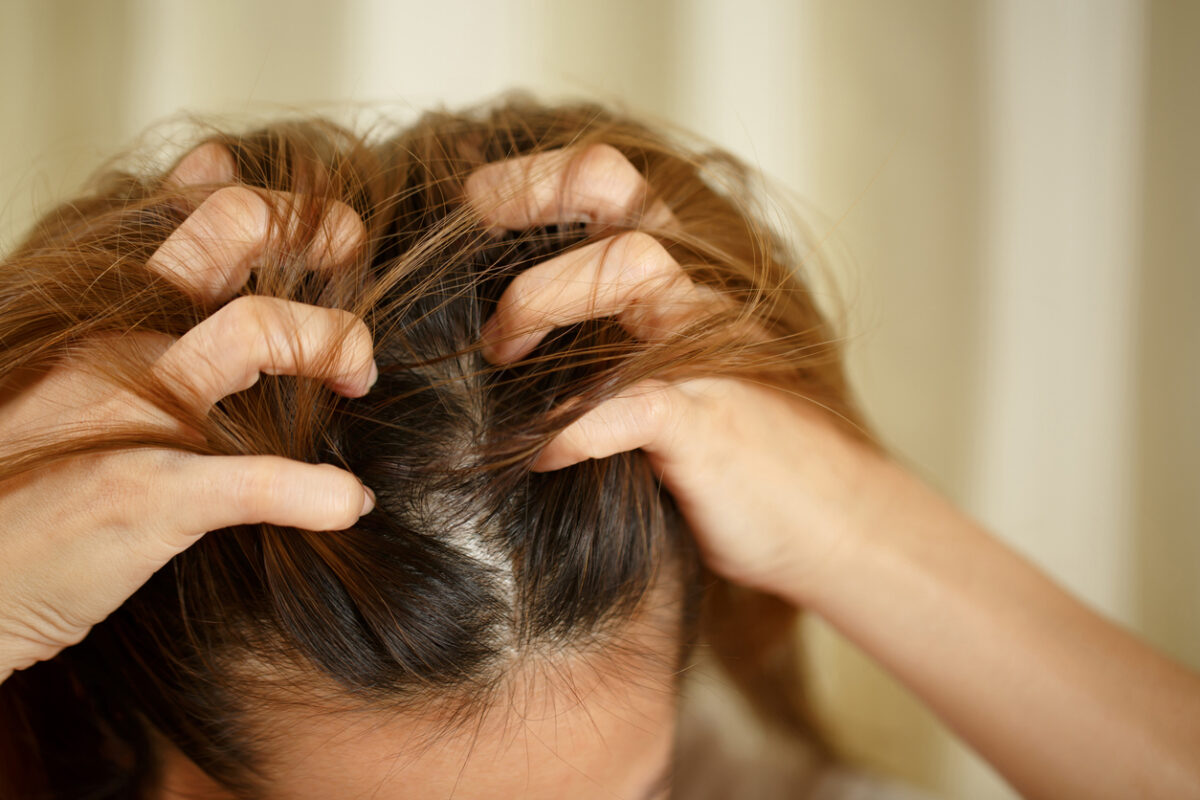How to soothe scalp psoriasis with photobiomodulation?

Scalp psoriasis is a common condition that can cause itching, redness and scaly patches. To alleviate the symptoms of this inflammatory condition, it is possible to opt for photobiomodulation (PBM), an innovative method that uses specific wavelengths of light to stimulate scalp cells.
The principles of photobiomodulation
Photobiomodulation uses LEDs and lasers to emit red and near-infrared light. These lights penetrate the skin and are absorbed by the cells, triggering a series of beneficial biological reactions. These reactions can enhance cellular regeneration and promote well-being.
Photobiomodulation can be used for :
- Reduce inflammation: the red and infrared lights used in PBM help reduce inflammation of the scalp, a common symptom of psoriasis.
- Stimulate cells: light stimulates mitochondria, boosting cellular energy production and promoting tissue regeneration and repair.
- Improve blood circulation: photobiomodulation improves microcirculation, bringing more nutrients and oxygen to scalp cells.
The beneficial effects of photobiomodulation on scalp psoriasis
Photobiomodulation helps reduce the symptoms of scalp psoriasis. PBM sessions can be performed in conjunction with other treatments to enhance the beneficial effects, such as :
- Reduce scaly patches: regular photobiomodulation sessions can reduce the appearance of scaly patches by encouraging the skin's natural desquamation.
- Reduced itching: by soothing inflammation and improving skin hydration, PBM can reduce the itching associated with scalp psoriasis.
- Improved skin regeneration: cell stimulation by light helps renew skin cells, improving scalp texture and health.
Photobiomodulation: a personalized approach
Each individual is unique, and photobiomodulation offers a personalized approach to managing the symptoms of scalp psoriasis. By adjusting certain parameters, PBM professionals can optimize results.
To personalize photobiomodulation sessions and adapt them to the needs of each individual, they can :
- Adjust light parameters: wavelength, intensity and duration of LED or laser exposure can be adjusted to suit the specific needs of each individual.
- Session frequency: the number of sessions per week and the duration of treatment can be modified to enhance benefits and minimize side effects.
- Combining with other therapies: photobiomodulation can be combined with other treatments, such as topical treatments or lifestyle changes, for a holistic approach.
Practical tips for optimizing photobiomodulation sessions
To quickly and effectively benefit from the beneficial effects of photobiomodulation on scalp psoriasis, it is important to :
- Moisturize the scalp: using moisturizing shampoos and treatments helps prepare the scalp for PBM sessions.
- Maintain good hair hygiene: a clean scalp is strongly recommended before each photobiomodulation session to maximize light absorption.
- Be regular: a program that includes regular photobiomodulation sessions ensures optimal results. Consistency is the key to managing scalp psoriasis symptoms.
- Avoid irritants: aggressive hair care products should be avoided to prevent scalp irritation and compromise the effects of PBM.
Precautions concerning photobiomodulation sessions
Although photobiomodulation is generally safe, it's important to take certain precautions before starting sessions. First of all, consultation with a PBM professional is always recommended. This will ensure that the method is perfectly suited to your needs, and inform you of any contraindications.
Then, during the sessions, you must follow the protocols and recommendations of the photobiomodulation professional to avoid any misuse and guarantee results that live up to your expectations.







